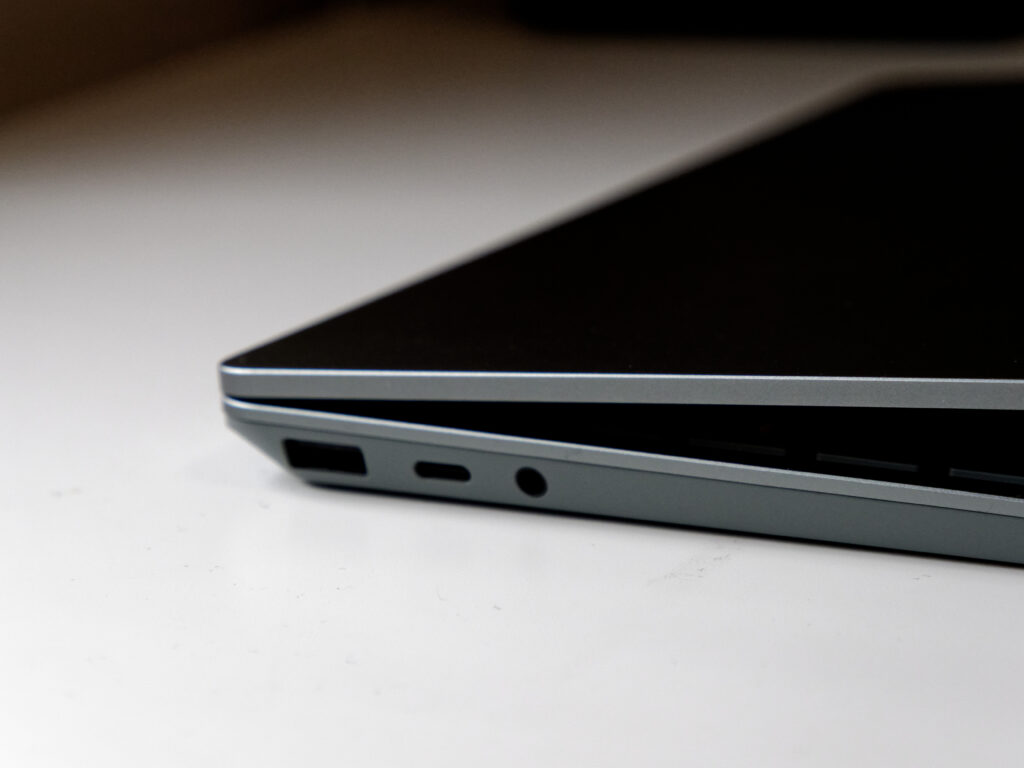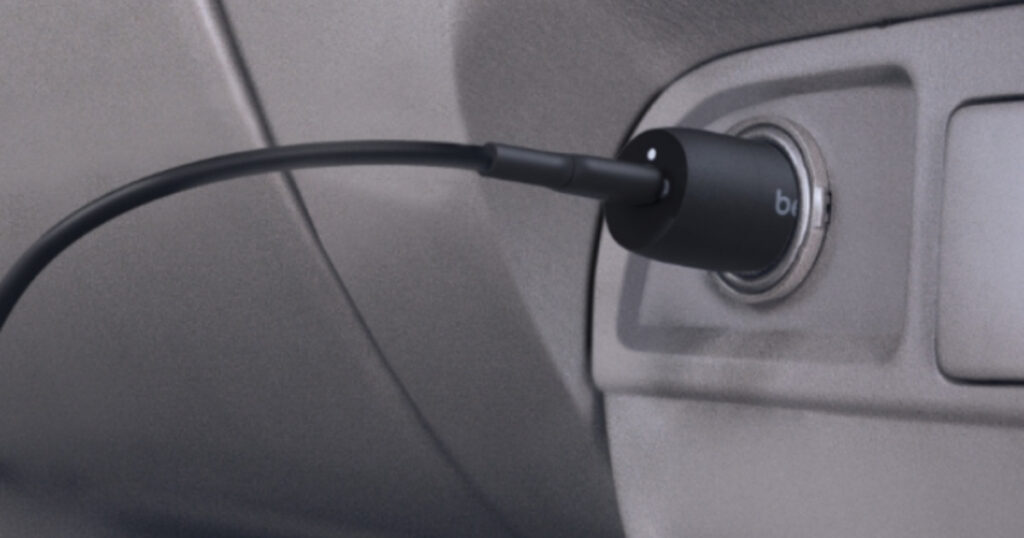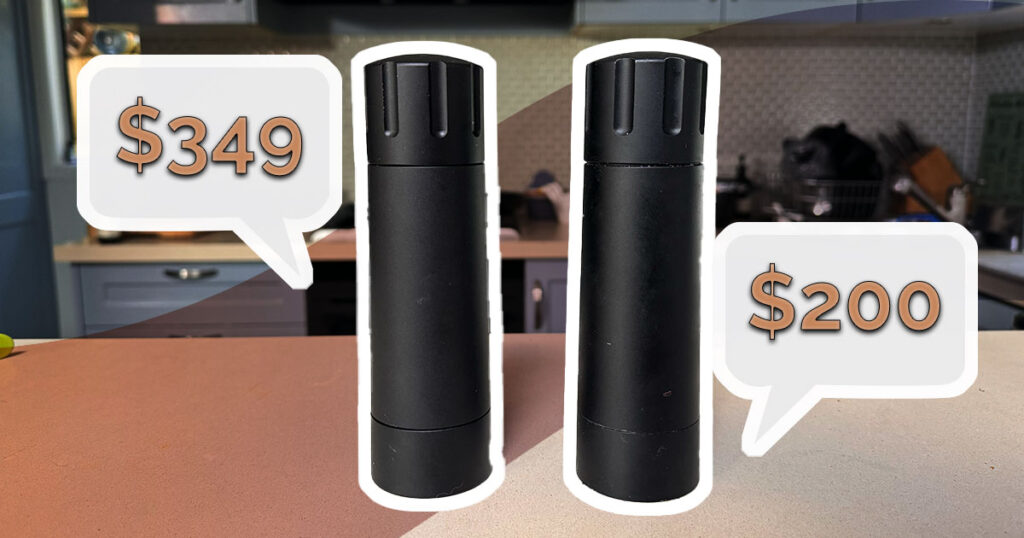Your guide to all things NBN speed tiers.
What NBN speed tier do you need?
The rollout of the NBN promised a faster and more reliable Australian internet infrastructure for everyone, but there's no shortage of Aussies who have made the switch and come away disappointed by the results.
As with any broadband technology, there’s a laundry list of reasons why you might be experiencing broadband speeds slower than what you signed up for. By virtue of the multiple speed choices offered, many Australians have also been left scratching their heads over which NBN speed tier they need and what their internet speed should be once they've got it.
If you're in either camp, you've come to the right place. Here's your complete guide to each NBN speed tier and which NBN plan best suits you.
NBN 50 (Standard): Best NBN speed tier for most
- Up to 50 Mbps download
- Up to 20 Mbps upload
NBN 50 (or Standard), is a one-size-fits-most solution that's perfect for small households that need a little extra 'oomph' to satisfy their higher-usage needs.
It's the most popular NBN speed tier in Australia, and for good reason. 50 Mbps should be enough to watch one 4K stream and a couple of HD streams at the same time, possibly with a little leftover to post your hot takes on Twitter. Plus, with 20 Mbps of NBN upload speeds to work with, your video calls will be crisp and clear.
NBN 50 also happens to have some of the best value plans, with regular promotions bringing them below the $60/month mark.
See the most cheapest NBN 50 deals below.
NBN 100 (Fast): Best NBN speed tier for large households
- Up to 100 Mbps download
- Up to 20 or 40 Mbps upload, depending on your plan
If you've got a big family or live in a sharehouse, NBN 100 is for you. Rocking NBN download speeds of up to 100 Mbps, this is the fastest NBN speed tier available to most Australians, as Superfast and Ultrafast plans are only available to a small number of households (depending on technology).
NBN 100 should be enough for each member of the household to get their work done, watch their favourite TV show and play the occasional online game. Really, it should only struggle if there are half a dozen or so people using it at the same time.
It's also the popular choice among keen online gamers, streamers and content creators since the potential for up to 40 Mbps upload speed makes for ultra-smooth live streaming and video uploads.
If you think NBN Fast is right for you, here are the most cheapest NBN 100 plans.
Only want the cream of the broadband crop? Take a look at our picks for the best NBN plans in Australia across categories like best on a budget, best fixed wireless internet, best for gaming and more.
NBN 250 (Superfast): Best NBN speed tier for ultra-heavy users
- Up to 250 Mbps download
- Up to 25 Mbps upload
NBN 250 is enough to do pretty much anything online, and do it blazingly fast.
Only a select few households are capable of speeds up to 250 Mbps, so if you're one of them, congrats! While NBN Superfast plans were originally only available for FTTP connections and some HFC connections, the latter connection type is now covered entirely. And if you're a heavy internet user and you're eligible for it, NBN 250 will cater for all your gluttonous ways (and then some).
Interestingly, you can actually get better upload speeds with an NBN 100/40 plan, which is something to keep in mind if you're constantly working with large cloud-based files or software.
To see if you're eligible for one of the most cheapest NBN 250 plans below, click the 'Go' link next to it and punch in your address.
NBN 1000 (Ultrafast): Fastest NBN speed tier
- Up to 1000 Mbps download
- Up to 50 Mbps upload
There's pretty much nothing you can't do with download and upload speeds this fast. Again, NBN 1000 (Ultrafast) plans are only available to FTTP and selected HFC connections. NBN says around 95% of premises are covered, so if you're one of the lucky ones, you can get the fastest fixed-line internet currently available in Australia.
That said, speeds this fast could be a waste of money for most users, but if you're a hardcore live streamer, gamer, busy creative or simply want to flex on your mates, NBN 1000 will do you just fine.
You'll find the cheapest NBN 1000 plans below. Just click 'Go' next to the plan you like, enter your address and see if it'll work with your setup.
NBN 25 (Basic II): Best NBN speed tier for single-person households
- Up to 25 Mbps download
- Up to 5 Mbps upload
NBN Basic II offers download speeds of up to 25 Mbps, which is perfect for those who live alone (and may also suffice for lighter usage two-person households). Unless you find yourself frequently doing something that requires a lot of bandwidth (i.e. if you're a streamer or video editor), 25 Mbps is enough to stream any TV show or movie in HD with enough left over to do some online shopping or uni work at the same time.
On the downside, because most streaming services that offer 4K content require a minimum of 25 Mbps to do so, you'll likely experience buffering - especially if you plan on using the internet for any other reason simultaneously.
An NBN upload speed of 5 Mbps isn't anything to write home about, but it'll be enough to conduct reasonably clear video calls and upload the odd medium-sized file. If your job requires you to upload lots of large files on a regular basis, NBN 25 probably won't be fast enough for you.
Below are the most cheapest NBN 25 plans right now.
NBN 12 (Basic I): Best NBN speed tier for infrequent users
- Up to 12 Mbps download
- Up to 1 Mbps upload
As the slowest available NBN speed tier, customers on NBN 12 (a.k.a. Basic I) plans can expect a maximum download speed of 12 Mbps. That's enough for one device to watch Netflix in high definition, but if you like browsing the web while bingeing your favourite TV shows, NBN 12 will struggle to keep up. Plus, given upload speeds are capped at a measly 1 Mbps, you may experience issues with video calls.
We only recommend NBN 12 plans for those who only require the internet for sending and receiving emails, online shopping and streaming the occasional movie. It's a popular tier among seniors and those on a strict budget, but since it often comes with a small monthly data allowance instead of unlimited data, it certainly won't suit most users.
Regardless, if you think NBN 12 will work for you, here are the most cheapest plans in that speed tier.
NBN speed explained
What is a good NBN speed?
A good NBN speed is one that meets your needs, and according to the data, NBN 50 is generally the best choice for most households.
Unless you live alone or in a home with a couple of people who don’t really use the internet all that much, this tier provides the right amount of NBN upload speeds and NBN download speeds for everyday use at a reasonable price.
That said, if you needs are a little more heavier and you don't mind paying a little bit more then NBN 100 is absolutely the way to go. It’s rare you will hit the maximum potential NBN download speeds for any speed tier but if you’re paying for Fast NBN 100 and regularly hit 100 Mbps, then that's what we'd consider a great NBN speed.
Each NBN speed tier has a maximum potential speed that looks pretty on paper but there many opposing forces that keep that maximum speed out of reach: the NBN technology used at your address, congestion on the network during busy hours and the available CVC at your POI all have an impact on your speed. This is why the ACCC has encouraged Australian ISPs to advertise their typical evening speeds for a more accurate figure.
If your speed test results are anywhere between the average and the maximum potential speed, let’s say 85 to 100 Mbps for Fast NBN 100, you’re getting your money’s worth.
Here’s a rough guide to give you an idea of whether your current speed tier is delivering the goods. Run an NBN speed test while connected to your home Wi-Fi using the widget below and compare your NBN fixed wireless speed results with the table underneath.
What is the average NBN speed?
If your internet connection is delivering NBN fixed wireless speed within the Poor range, get in touch with your provider and work through some basic troubleshooting. If your speeds don’t improve, it might be time to consider another provider.
It’s possible your current provider hasn’t purchased enough CVC in your area’s POI, causing congestion on the network.
Fastest NBN plans in each speed tier
Looking for the best possible NBN download speed for your tier? Here are the fastest plans for each NBN speed tier. To change tiers, simply click the drop-down menu in the top left.
NBN speed jargon primer
With the introduction of the NBN, we’ve been forced to adopt an entirely new vocabulary of acronyms and technical jargon. Before we begin, let’s quickly explore some of the head-scratchers you’ll find in this article. For more, check out our full NBN terminology explainer.
Mbps
Not to be confused with megabytes (which is used to measure file size), Mbps or “megabits per second” is the metric used to measure the speed of data transfers across the internet. This standard measurement is used by internet service providers across the world. More Mbps allows you to transfer more data at once, which gives you faster downloads and more bandwidth between multiple devices.
ISP
That one’s easy. ISP stands for Internet Service Provider. Your ISP is the company that supplies your broadband connection, such as Telstra or Optus.
Typical evening speed: The ACCC has tasked ISPs with selling speeds based on real-world averages. If a network advertises 100 Mbps but can’t deliver that on average, they could land in hot water with the ACCC. This is why you will see ISPs advertise “typical evening speeds” - a more realistic expectation of what to expect when signing up to a plan.
CVC/POI
When the NBN rolls out in a suburb, ISPs are required to purchase CVC or “connectivity virtual circuit” at that suburb’s POI or “Point of Interconnect”. CVC is essentially the bandwidth on the NBN that ISPs purchase to sell to you. The more CVC your provider purchases, the more homes it can connect in your suburb. ISPs estimate how many customers they will connect in a given area and purchase an equivalent amount CVC. If the provider underestimates the amount of CVC needed in your area, you may experience congested speeds.
NBN speed FAQ
50Mbps is fast enough for streaming music as well as HD and 4K video. It's also fast enough for lighter gaming and working from home situations. However, if you plan on doing a lot of either then an NBN 100 connection is probably going to suit your needs better.
The fastest NBN speed tier is NBN 1000. However, few providers can provide the gigabit download speeds that this tier is theoretically capable of delivering.
At the time of writing, Telstra is your best bet here. The Telstra Upfront Internet Plan Ultrafast isn't cheap at $180 per month, it comes with typical evening speeds of 700Mbps, which is a step above the speeds that most other NBN 1000 providers report.
In our opinion, a high-speed internet connection is one that's reaching speeds of over 100Mbps. For Aussies, that means signing up for an NBN 250 or NBN 1000 plan.
Related Articles




